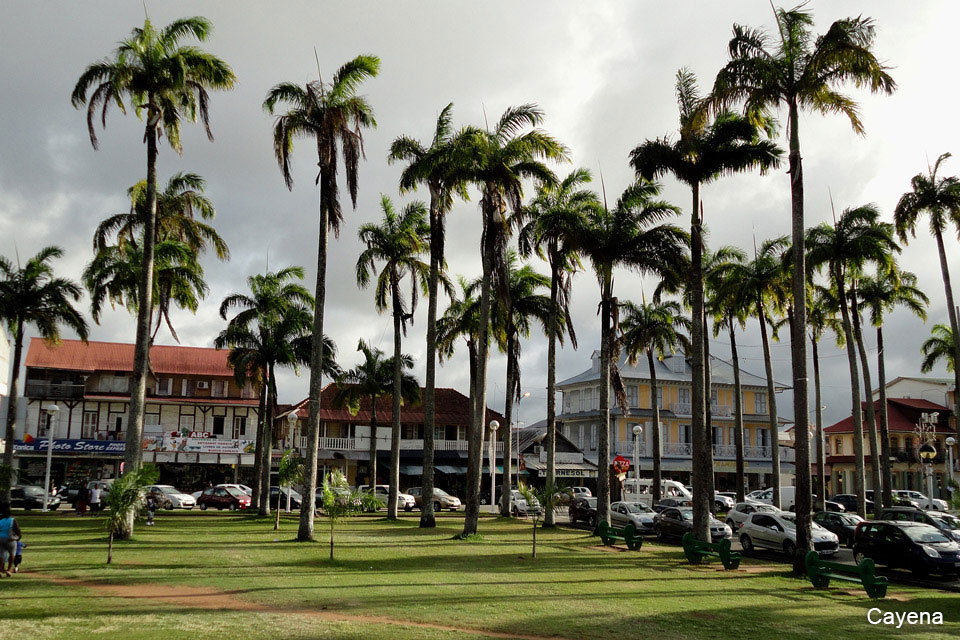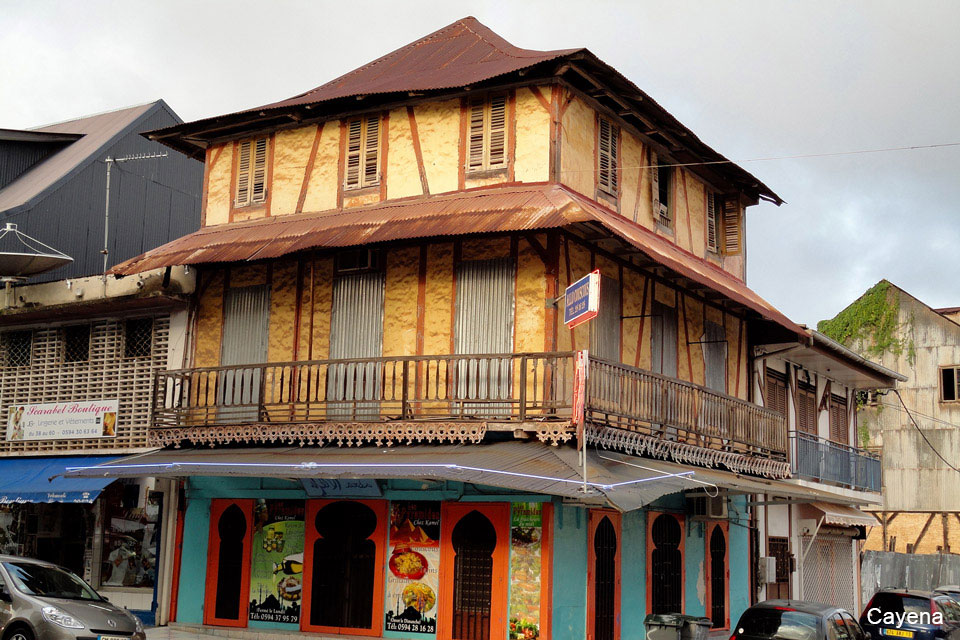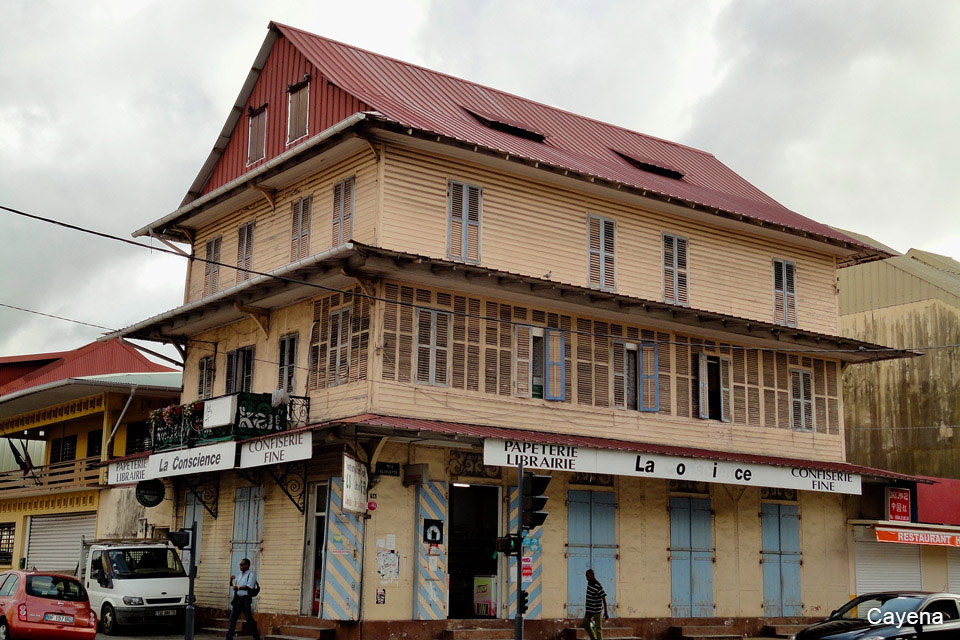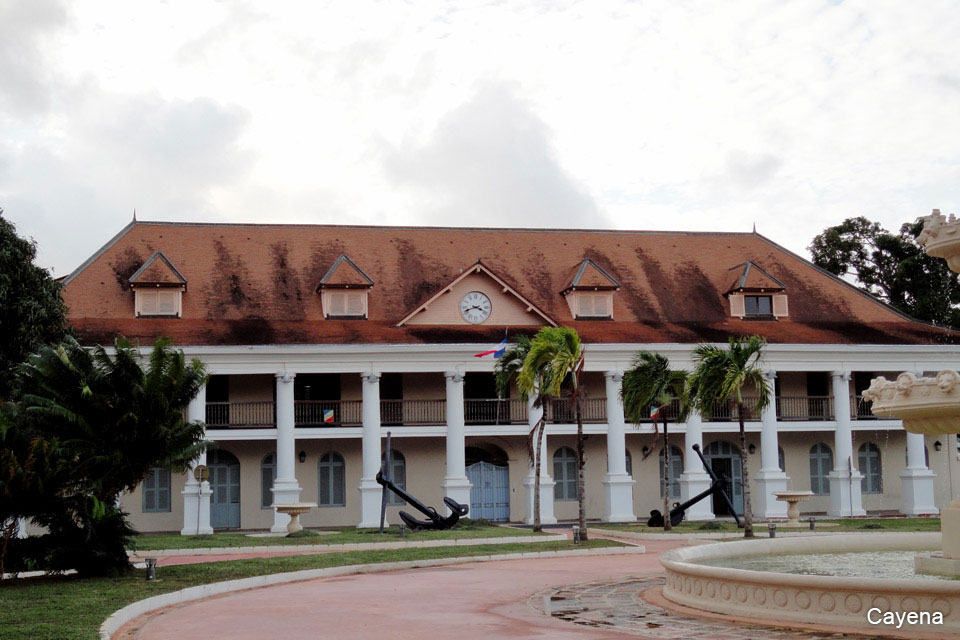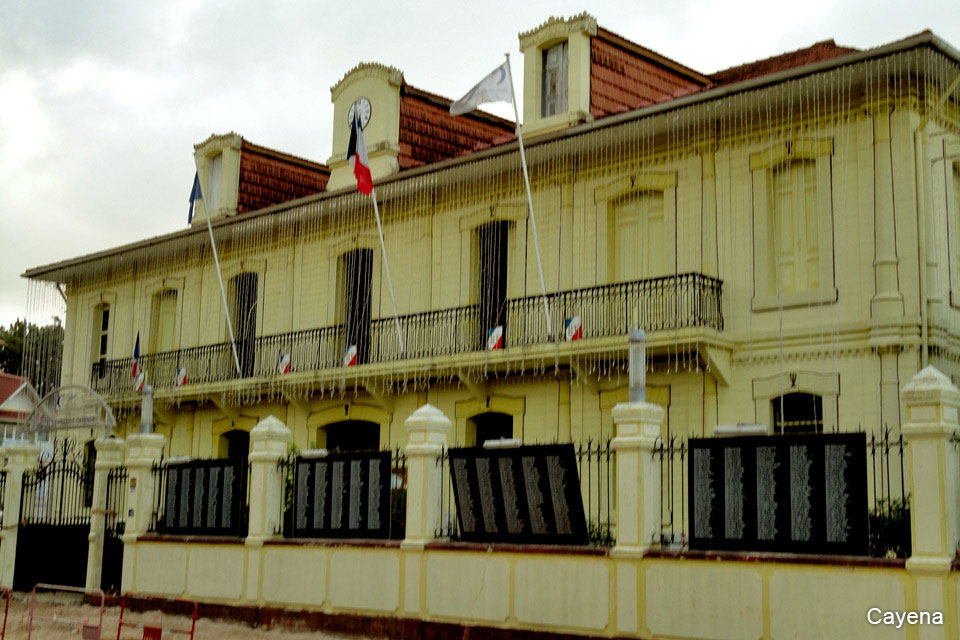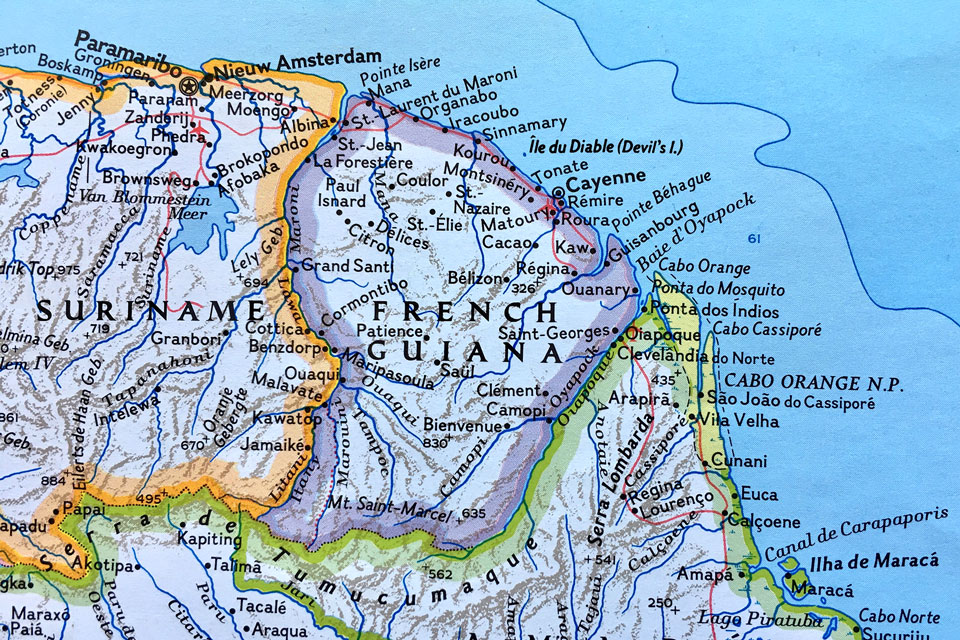
After 40 years, Gabriel Hakel returns to Frenh Guaiana to finaly reach Devil's Island.

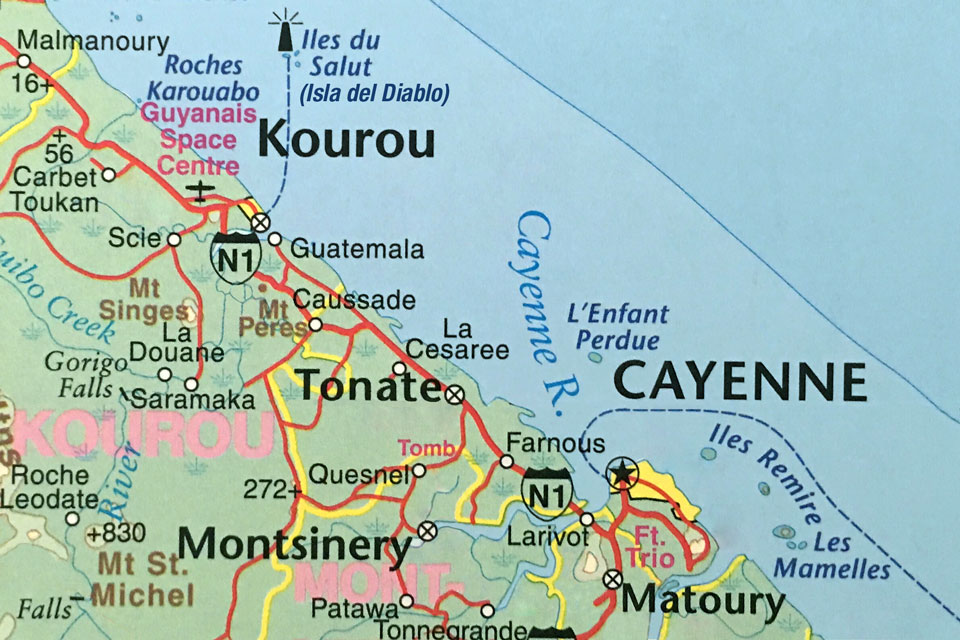

In 1974, before finishing my studies at the Universidad de Buenos Aires, I made a trip all over South America with a childhood friend, with whom we met the very first class day when we were six years old. One of our goals was to visit the three Guayanas, that were absolutely exotic territories for us. The only information available at those times was an British trip guide called “South America Handbook”. It was written quite humorously and its update depended on the information that the readers added and/or corrected by mail, for the next edition. Because of the huge information contained in it, it was printed in “bible” paper, with a hard and glossy cover. We had the last edition corresponding to 1974. The guide was published each year and between October and November it could be bought only in a bookstore located at Florida Street in Buenos Aires downtown.

To reach the Guayanas we crossed Bolivia first, to the north in Guayaramerín where, at the border with Brazil, we thought to take the mythical Madeira-Mamoré train, recommended by the South American Handbook. When we reached the place where the railway started, we realized devastated that the train had stopped working definitely since one year ago and we could only photograph ourselves in front of the abandoned locomotives. With this precedent, all that we could have read about the Guayanas in our guide was uncertain. Our route continued by ground to Porto Velho and then by cargo ships and in DC-3 (alternatively) to Manaus, Santarem and Belem, following the Madeira and the Amazonas. In Belem we took the only weekly flight to the French Guayana, in a Caravelle of Cruzeiro do Sul, with tickets we had bought in Buenos Aires about two months before leaving. From Cayenne, we went by ground to Kourou, that was starting its development as a center for the future space exploration.

In Kourou we had to get in touch with the Foreign Legion, to carry us to the Devil´s Island, in its weekly supplier ship. In the scheduled rainy day we were at Kourou pier, next to the Legion ship that the soldiers were loading to the top. The official in charge refused strictly to take us. He told us that the trip was very dangerous because of the storms and the huge load they were carrying. Although we insisted by all means to convince him, there was no way he could change his mind. Even though our trip continued very well for the rest of South America, during 40 years I always regretted not having known the famous island and I always assumed that the official did not allow us to get on board because either he was a bad person or he was exaggerating the dangers of the trip. In 2014, while my wife was taking care of her work in Uruguay, I took some days to travel to the Guayanas and I confirmed (during a beautiful sunny day) that the official of 1974 was not exaggerating at all, because the short journey (in miles) in this open sea, was quite dangerous, with rough currents and impressive waves.


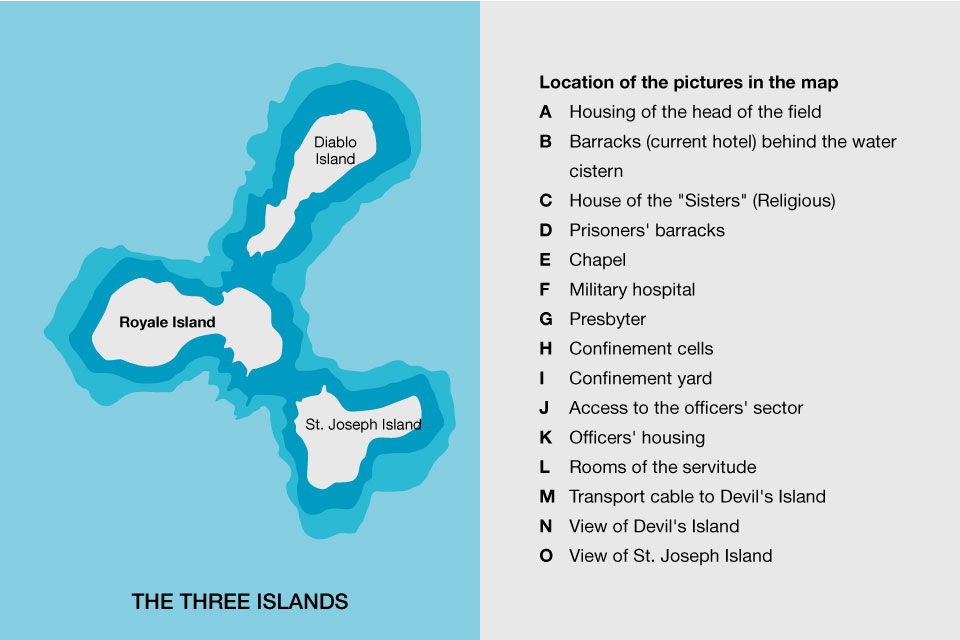
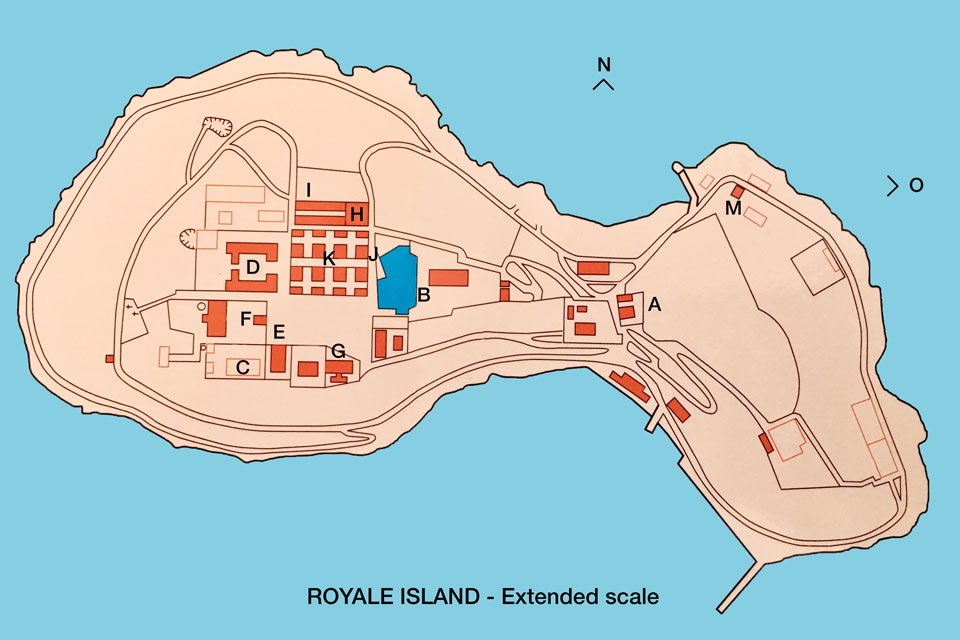
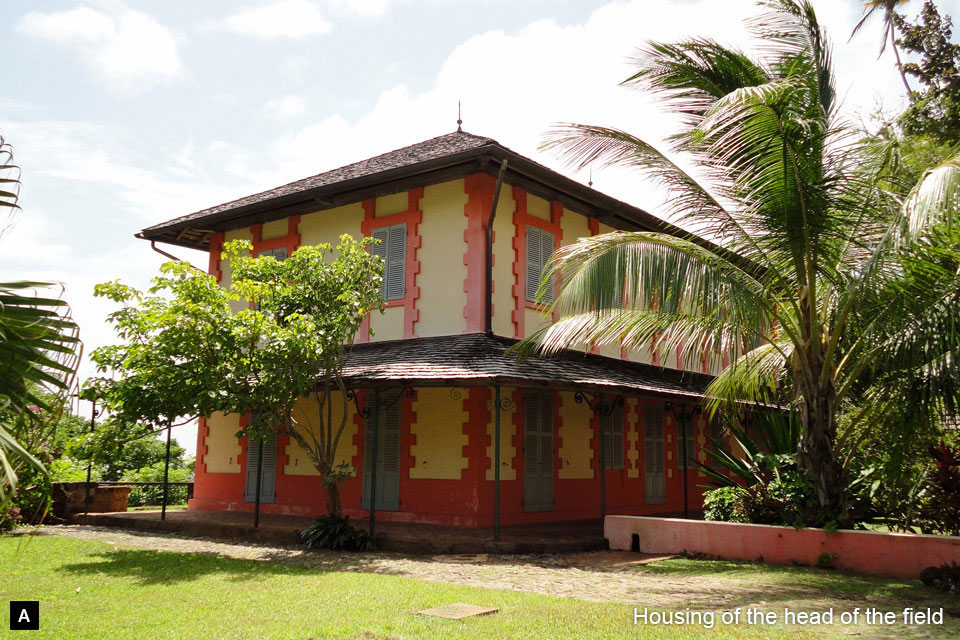
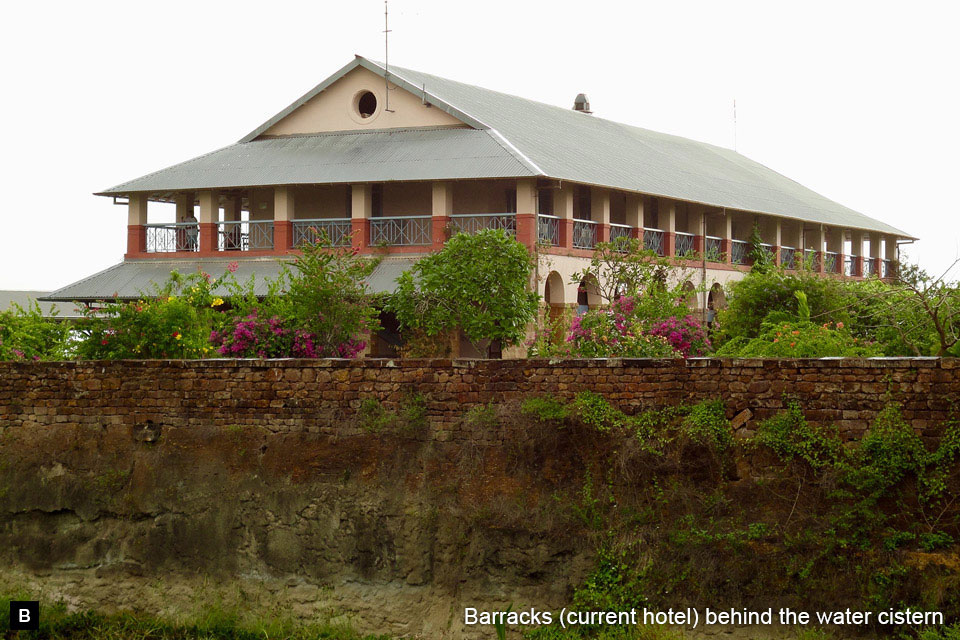

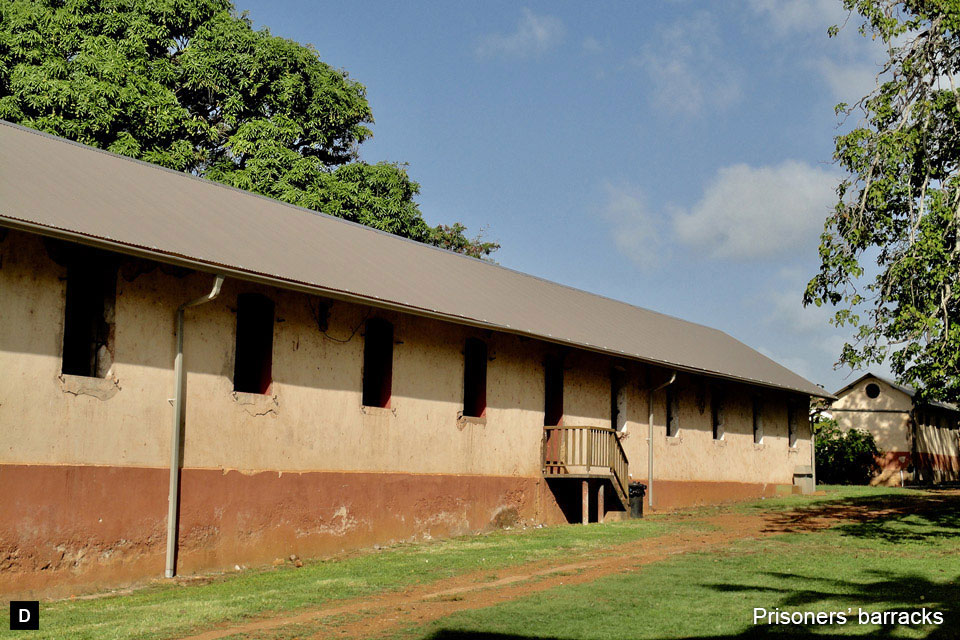
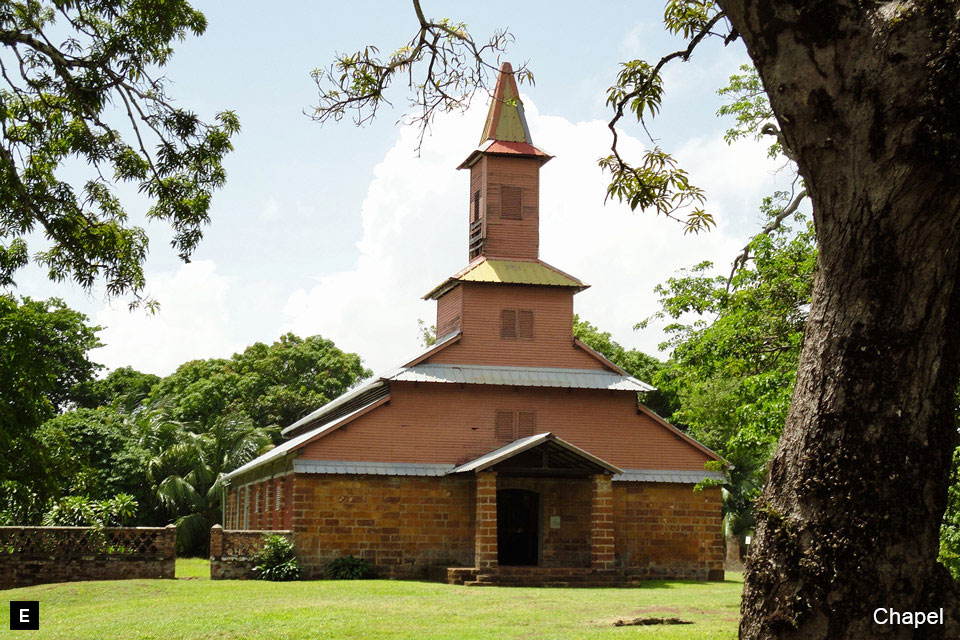
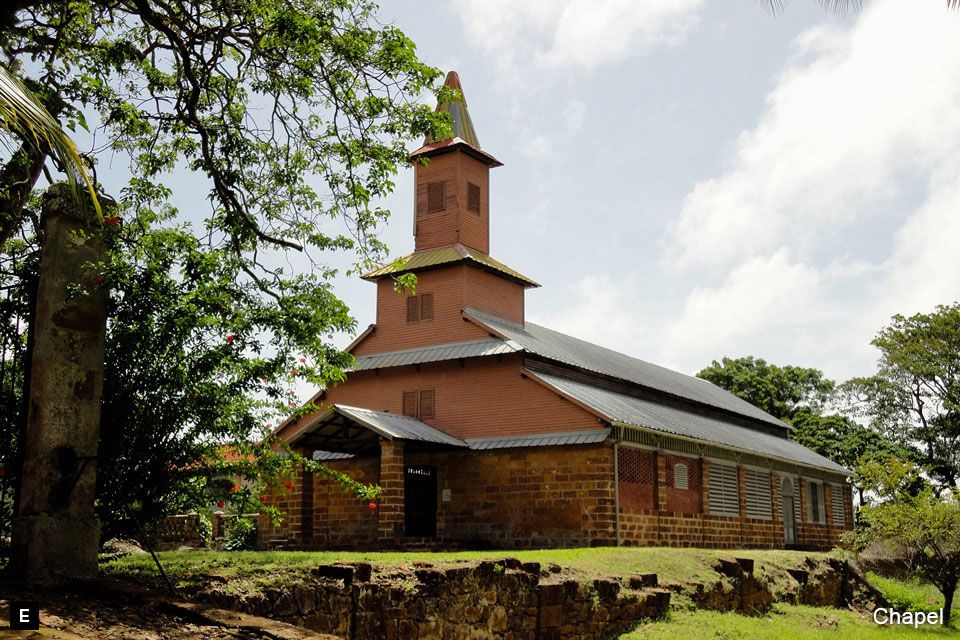
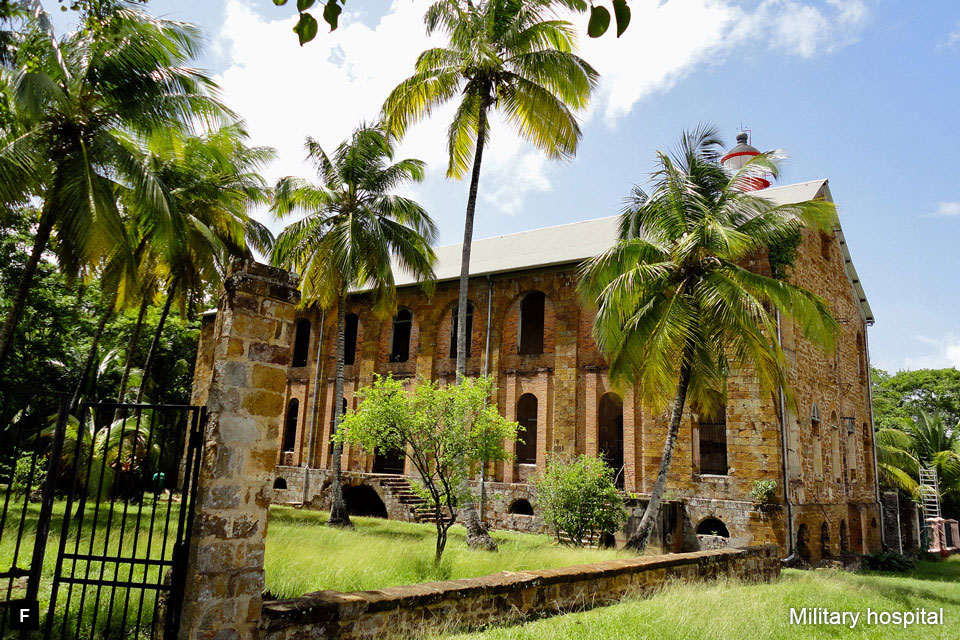

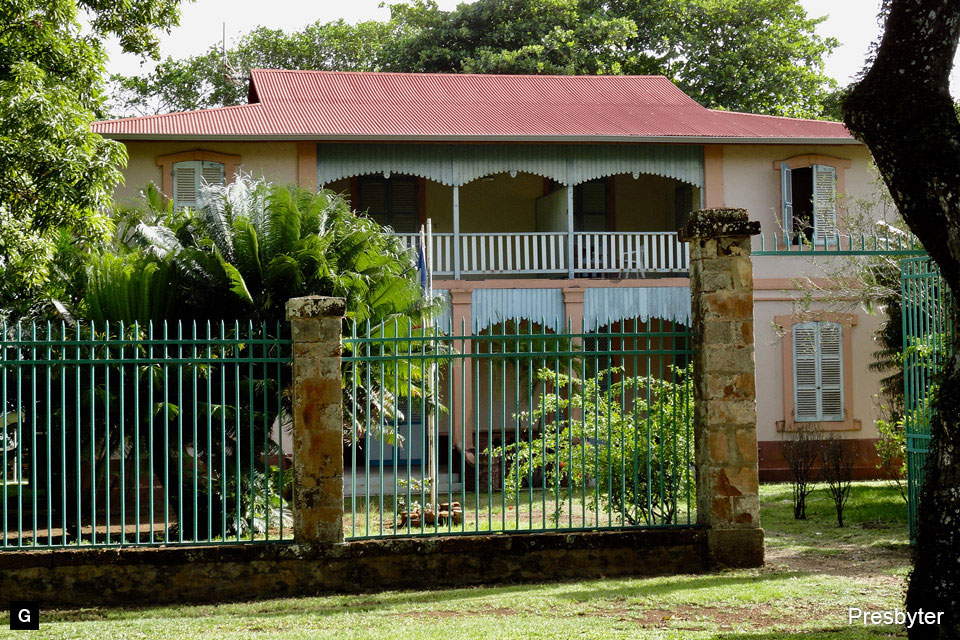

The French penal colonies were established in French Guayana in 1852 under the reign of Napoleon III. To those internment camps were sent the dangerous thieves, the criminals and also the political prisoners. The French Guayana, with its completely tropical weather, was almost deserted and it colonization was very hard for the government. Two confinement centers were established in the continent (near Cayenne and in Saint Laurent de Moroni) and a third one in the called Îles du Salut , formed by a group of three islands at about 14 miles from the coast. In 1870 France was militarily defeated by Prussia, what led to an exacerbation of the anti-Semitism in the country. In 1895 Alfred Dreyfuss -a captain of the French Army-, of Jewish origin, was sentenced (with forged proofs, for an alleged espionage in favor of Germany) to a life imprisonment in Devil´s Island, that was part of the penal colony of Îles du Salut . This process was very well known for the defense of the prisoner made by Émile Zola, so much so that the French Army had to review the process and repatriate Captain Dreyfuss, giving him back his military grade.



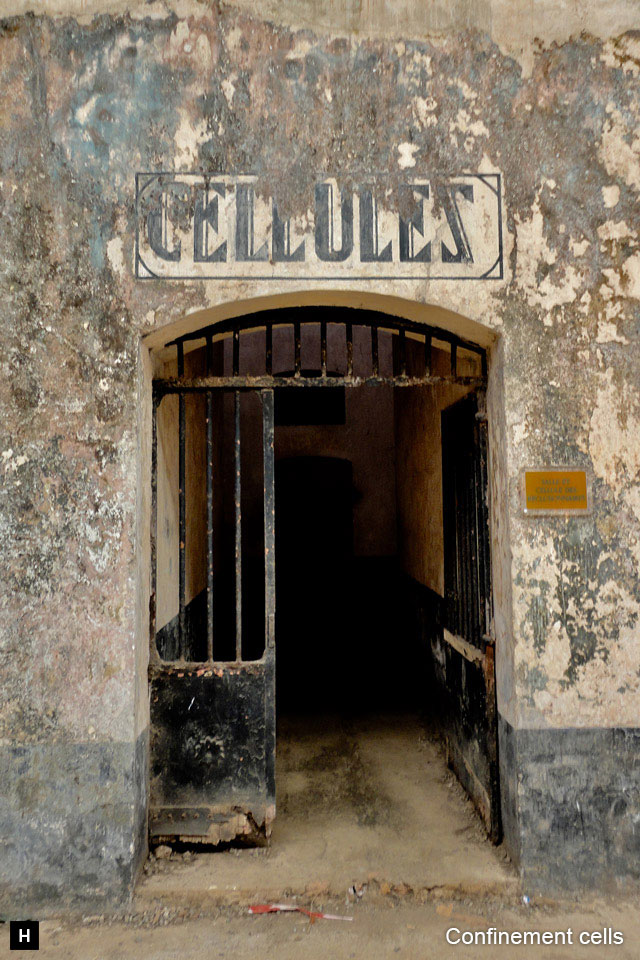
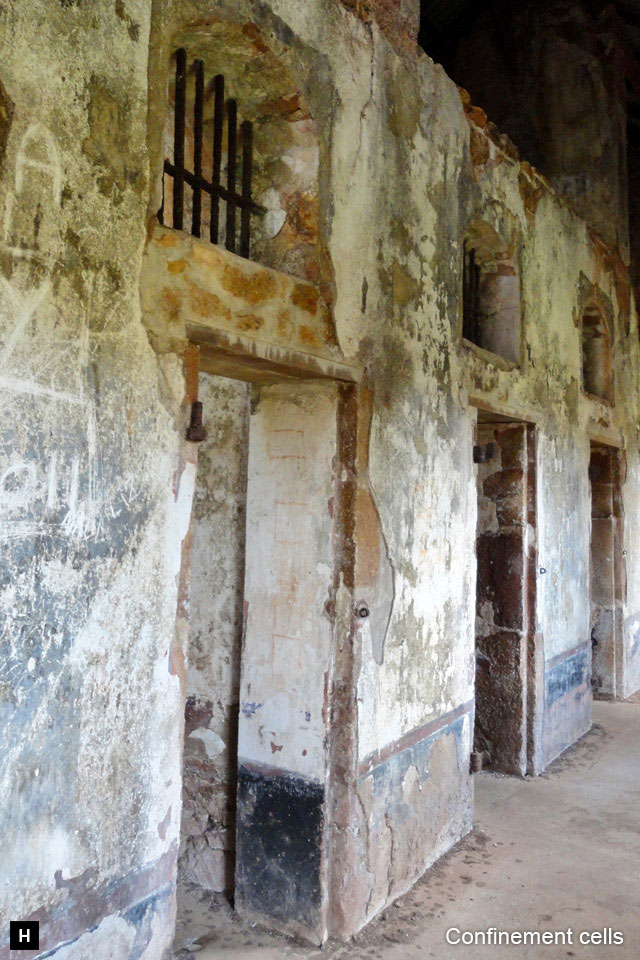
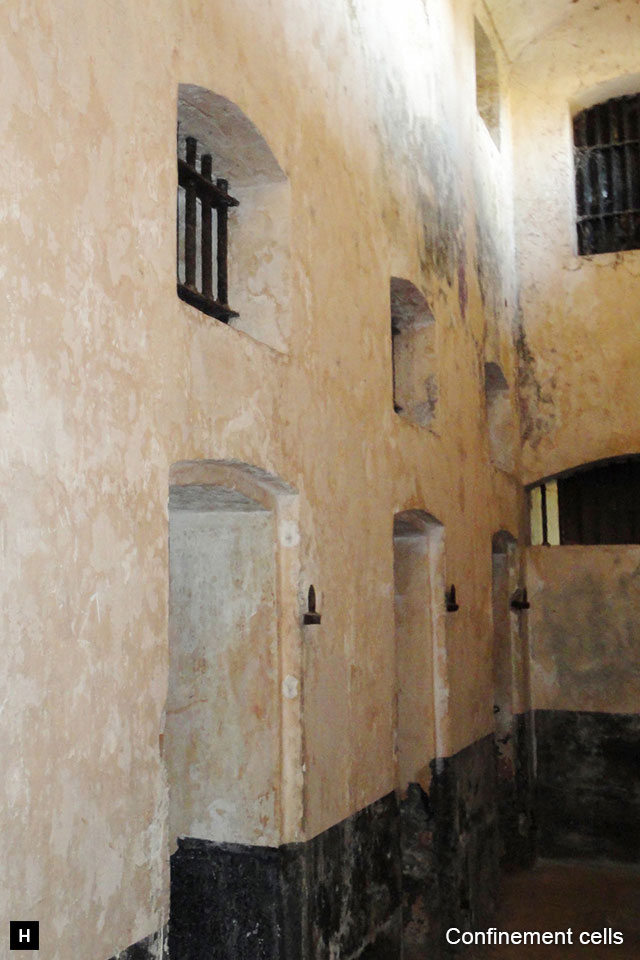
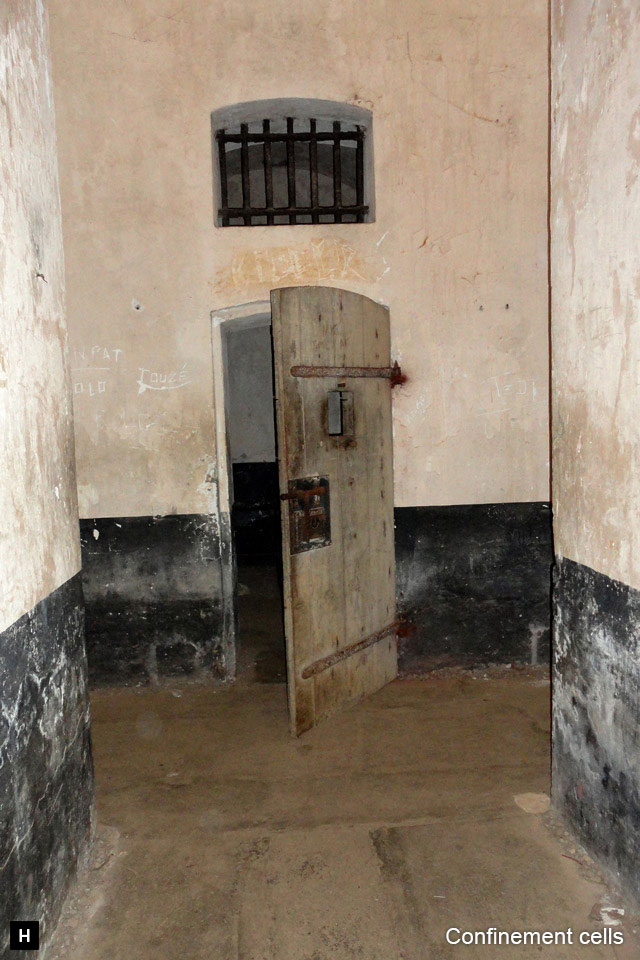
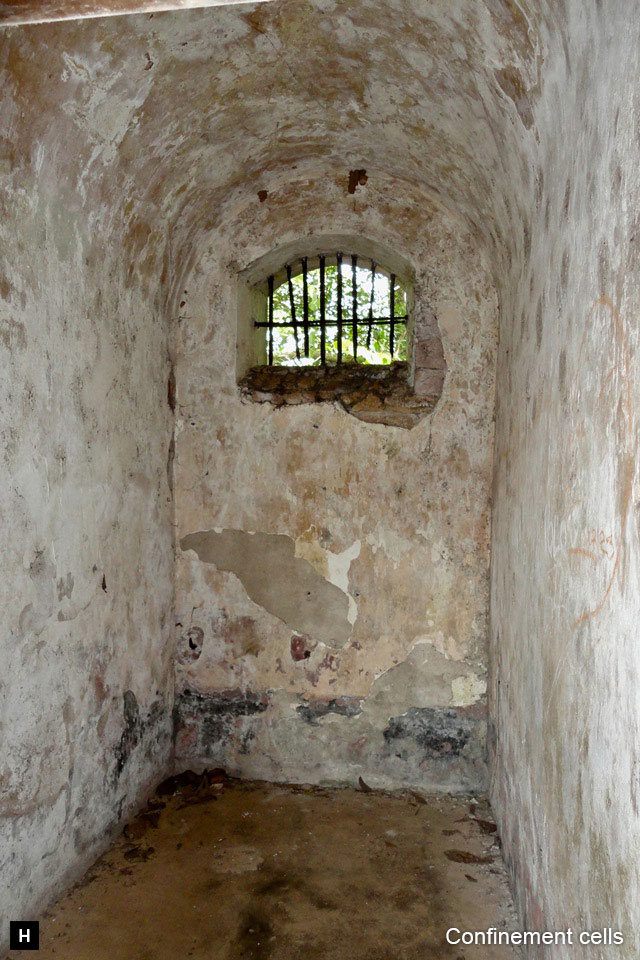
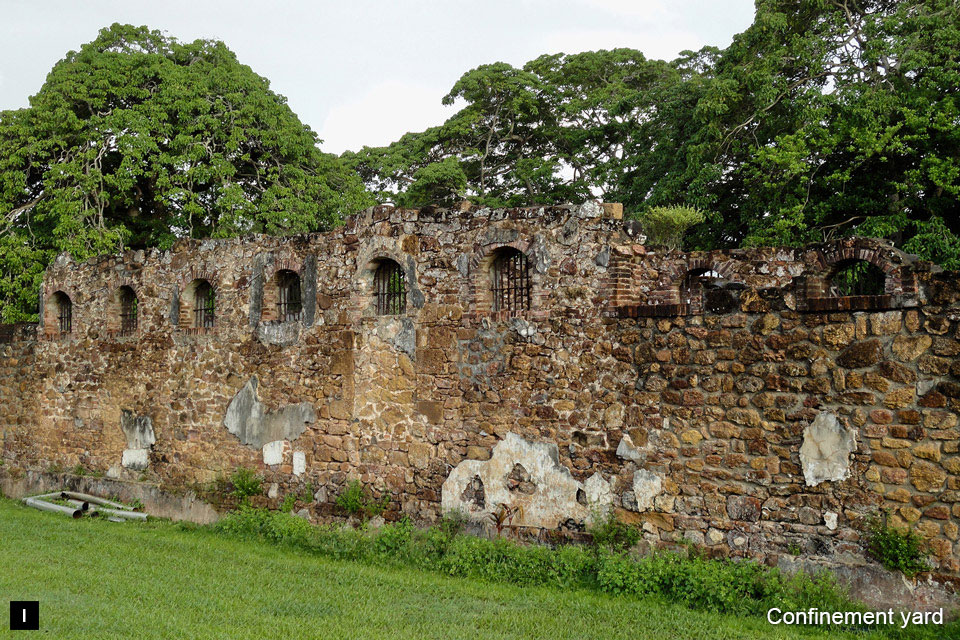
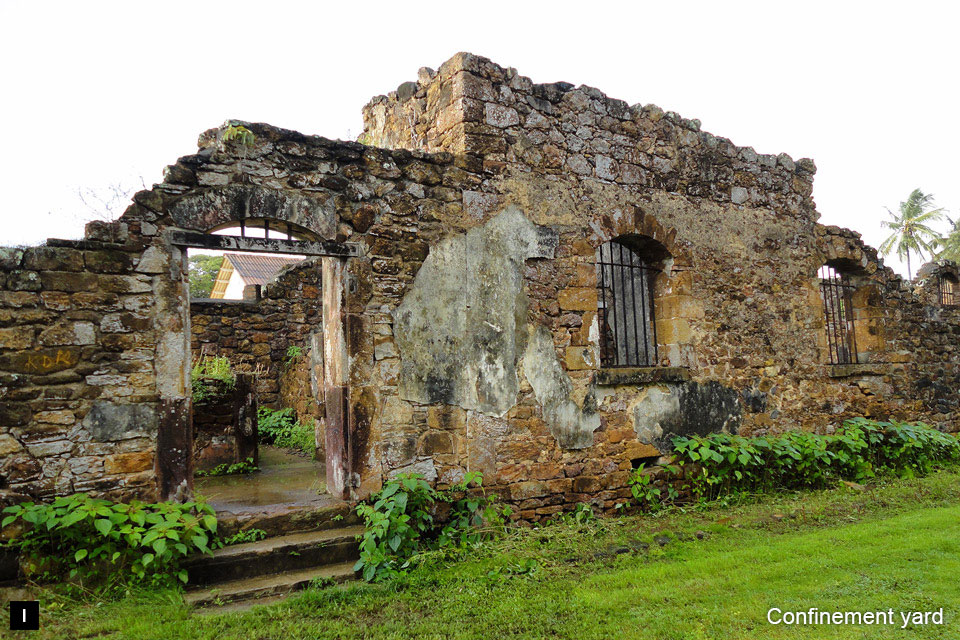

The penal colony took great notoriety for the extreme security conditions and norms of conduct that governed them and for the severe penalties to which prisoners were subjected when not complying with the strict regulations imposed by the sadistic jailers. The prison facilities in French Guayana were suppressed in 1953, leaving the facilities abandoned, until about fifteen years ago, when a slow restoration process of the prison facilities begun, as they started to be considered of historical interest, that could attract the tourism. Îles du Salut (called like this because during the colonial times it was a refuge for the tropical diseases) are formed by three small islands, all of them very close to each other. The principal island is Royal Island, where the main penal facilities are located. At the east is Saint Joseph Island that has only one prison for prisoners that had committed repeated acts of misconduct and the proper Devil´s Island destined to certain prisoners sentenced for political reasons.
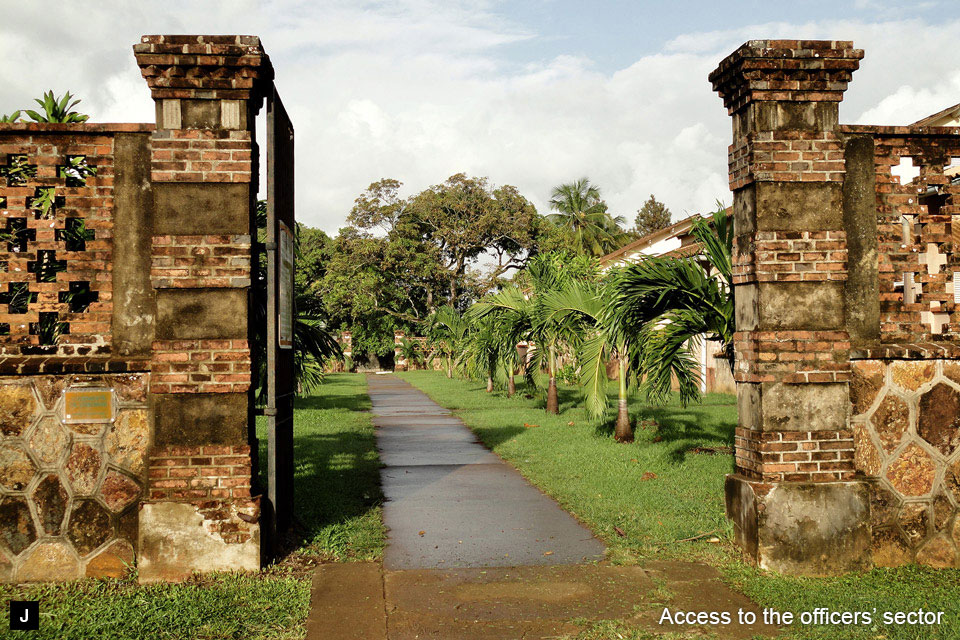

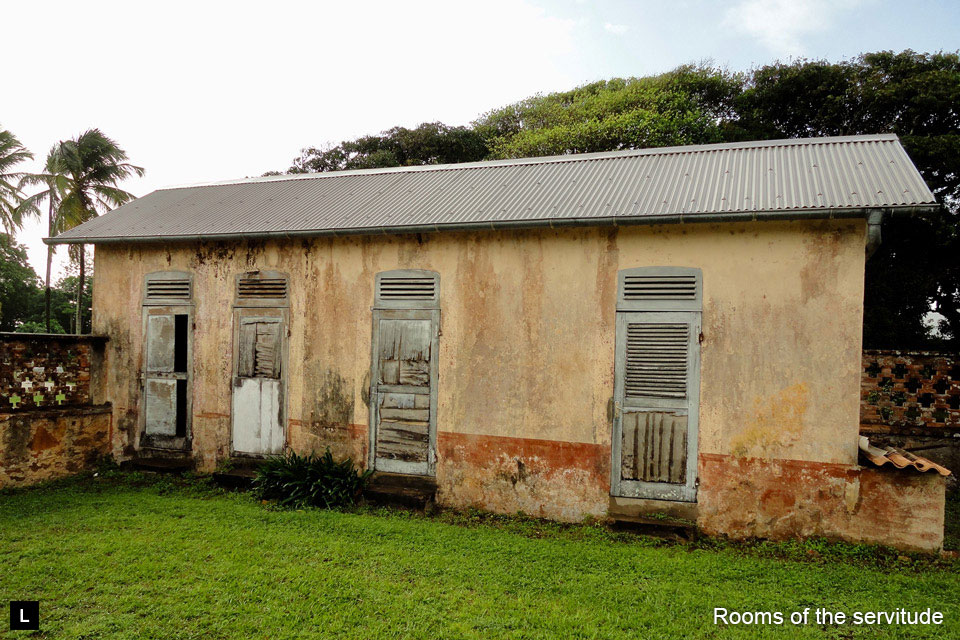

The communication between Royal Island and Saint Joseph Island is rather easy, as the channel between them has no dangerous currents and can be crossed in a rowing boat. The contrary happens between Royal Island and Devil´s Island as, although the separation has the same width, the marine currents are so strong that makes very dangerous the sailing between them. Because of this, between both island it was built a pulley system with cables over two supporting structures and through that system, the supplies were passed to Devil´s Island. In the times that Dreyfuss was in prison there (from 1895 to 1899) he was practically alone in the island, only accompanied by a guard, that had to chain him every night to his cot, in the cell. Devil´s Island became so famous, that practically the whole group of three islands is called Devil´s Island, without distinguishing one from the other.
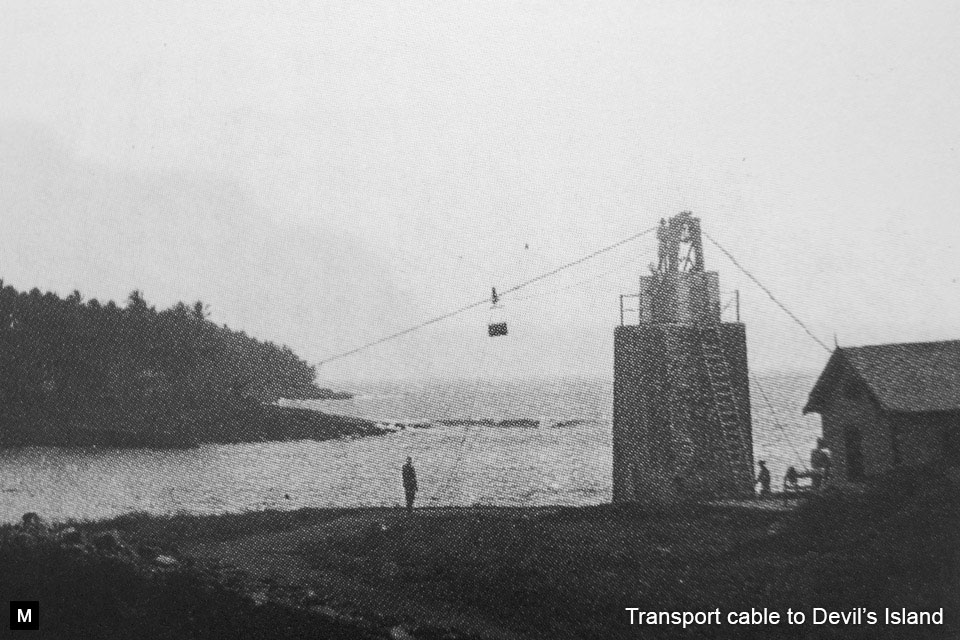
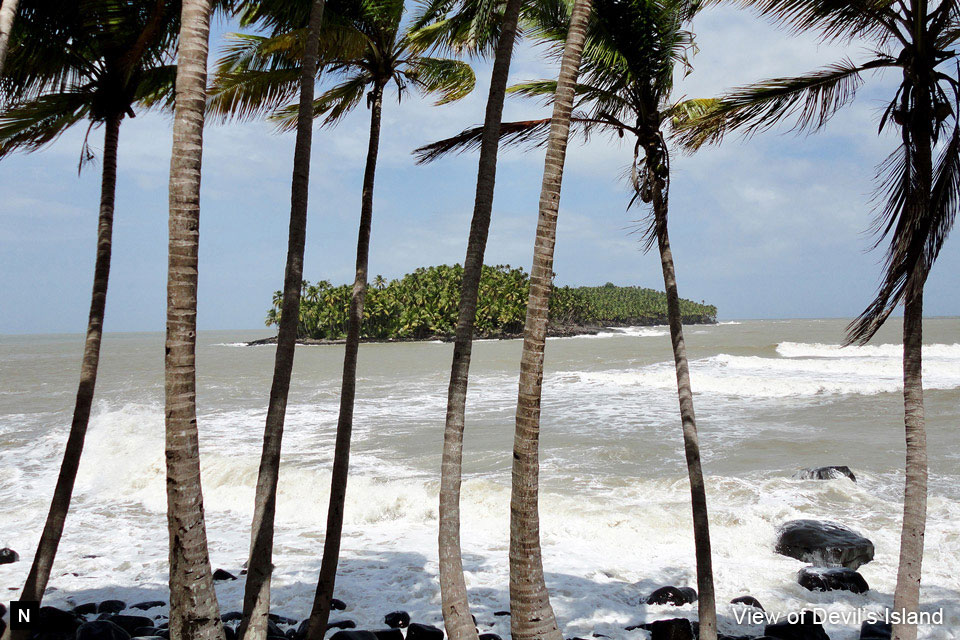
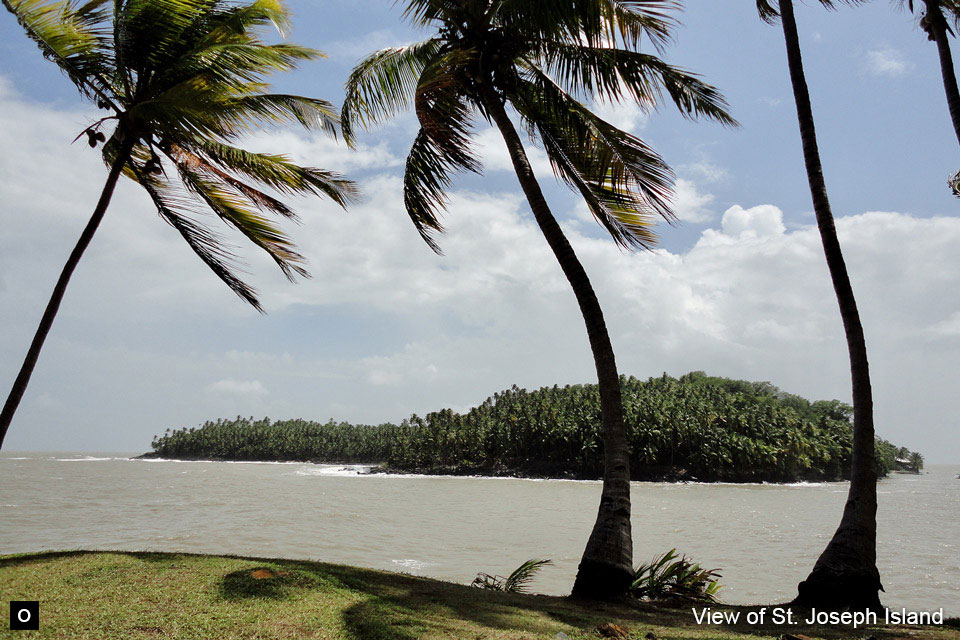

During the existence of the penal colonies in French Guayana, there always have been stories and publication that had great journalistic and literary impact. It had been the publication of the novel “Papillon” in the mid 70’s, that made Devil´s Island to have a massive worldwide repercussion. Although several people think that its author, Henri Charriere, could not prove that he went through the difficulties recounted in the “autobiographical” novel (but that he compiled with some lightness several relates of other prisoners, or that he directly invented parts of the narrated situations), the truth is that the novel is written in an entertaining way and one cannot leave it until the end. What it is unquestionable is that Charriere was actually in jail for several years in French Guayana, sentenced for swindle and a crime he hadn´t committed, and that he broke out of prison twice: reaching Colombia the first time and Venezuela the second time, where he could establish until his death. Some years later a film was shot with Dustin Hoffman and Steve McQueen and although the script of the film gets quite apart from the sequences of the novel, it had been a worldwide success.

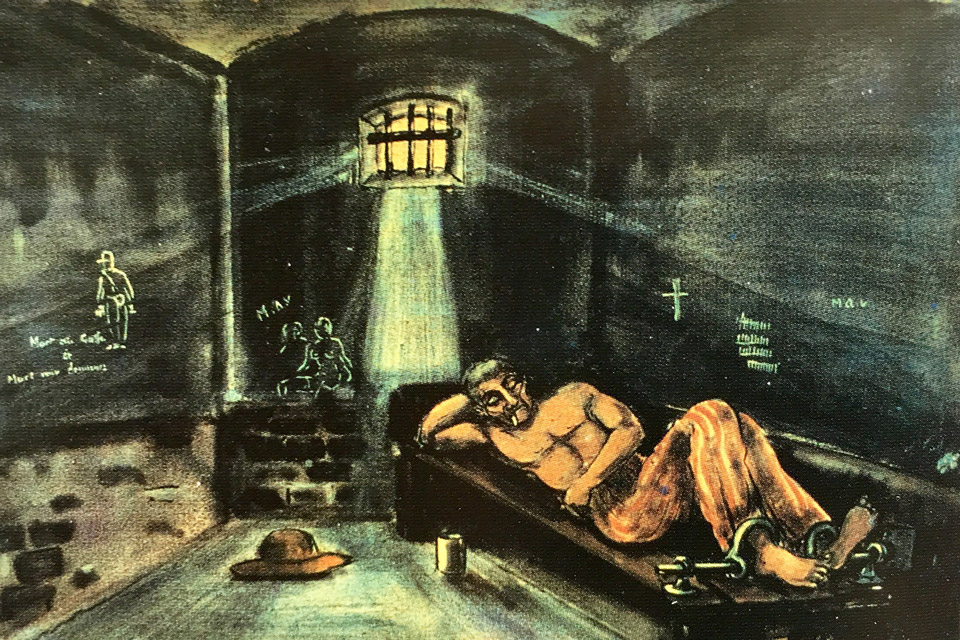
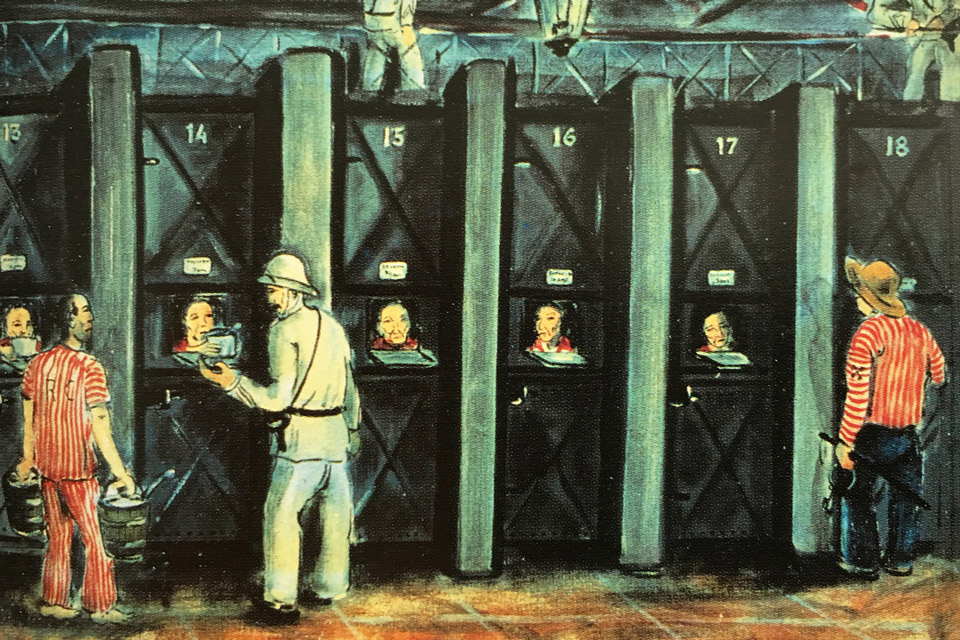

To reach the islands I hired a taxi that carried me in the early morning from Cayenne to the pier at Kourou. I had reserved in Internet a place in the catamaran and the staying for one night at the hotel that is located where the encampment of the island garrison used to be. The trip in the catamaran is very hard because of sea conditions. Almost nobody speaks on board and everyone just thinks how the small boat (that can carry 25 persons) can get through the next huge wave. The hotel at the Royal Island has nothing superfluous, but is reasonably comfortable and clean and the food is good. The objection of nowadays is that it has almost no Internet signal. Back from the Island, my driver was waiting for me as agreed and I came back to the capital without a problem.
CAYENNE:
Cayenne has a great commercial movement and in its downtown there are some colonial buildings quite harmonic around an enormous “Palm Plaza”.
